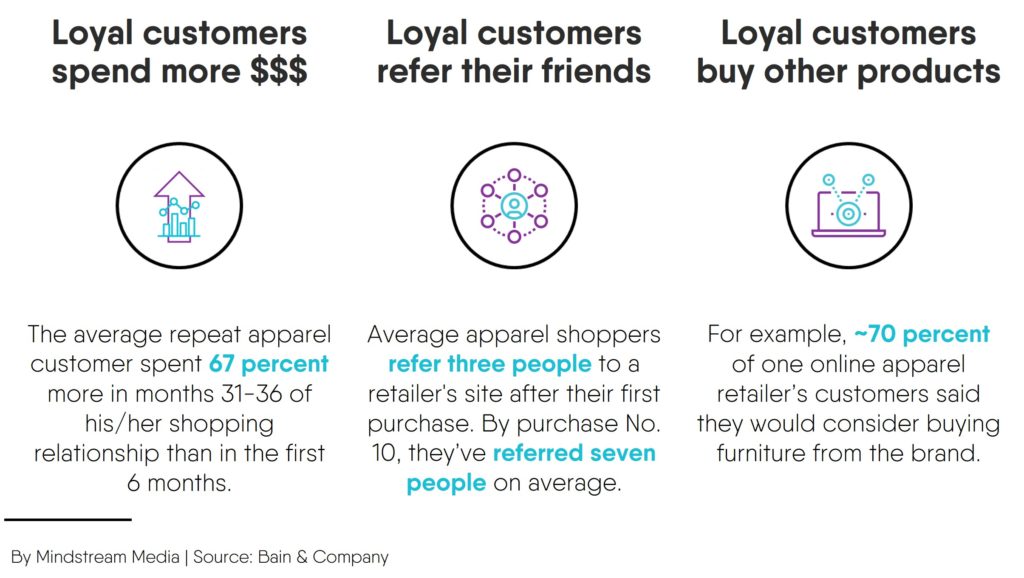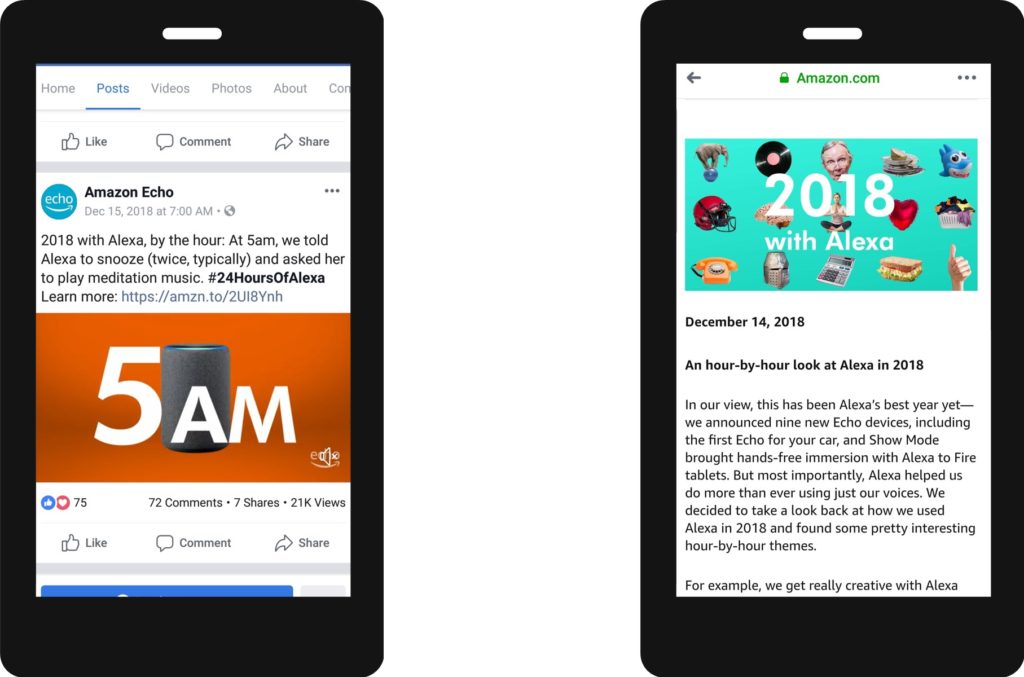This year marks the 150th anniversary of Dmitri Mendeleev’s original Periodic Table of Chemical Elements. To celebrate, Search Engine Land updated its popular take on Mendeleev’s work – the Periodic Table of SEO Factors. While Search Engine Land designed its version to apply to any type of business, we wanted to look at how it impacts SEO for multi-location brands.
The Periodic Table of SEO
But first, here’s a little background on the table itself. Search Engine Land originally published its Periodic Table of SEO Factors in 2011. Since then, it’s been a premier resource for search professionals looking to gain a better understanding of what it takes to build a winning SEO strategy. The original version has been downloaded almost 100,000 times by marketers in more than 70 countries and referenced by thousands of blogs and websites.
With this year’s version, the foundation has remained the same but the table’s creators added categories for toxic ranking factors and emerging verticals on top of the groups of successful SEO factors. Below, we’ll provide an in-depth look at how your multi-location brand can use the learnings from each group of success factors to guide your SEO strategy.
Navigating the Periodic Table of SEO for multi-location brands
Now that we know what the table is, let’s dive in with our list of actionable tips for each group of elements as they pertain to multi-location brands.
Content
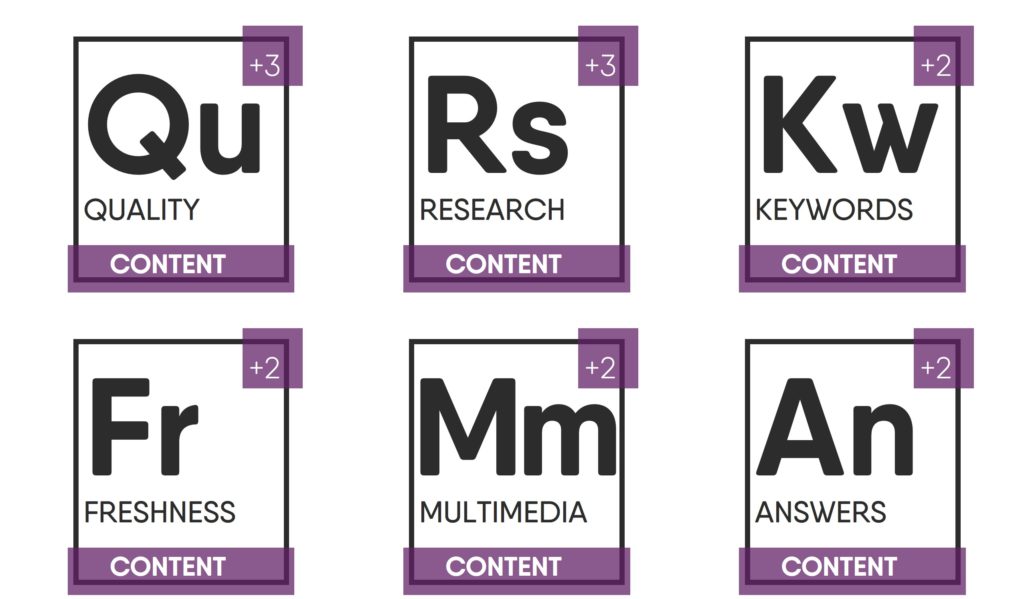
The Content Group of the Periodic Table of SEO explores the facets of creating high-quality, in-depth content for your website and other digital properties. Here’s how your multi-location brand can optimize your site for this group.
Quality
Create high-quality content to help searchers learn everything they need to know about your products, services and locations. When it comes to SEO for multi-location brands, creating in-depth, high-quality and keyword-optimized pages for each of your locations is essential.
Research and Keywords
Start by researching and identifying the terms your target audiences are likely to use in searches for your products, services and locations. Include geo-specific keyword research to identify which terms your audiences are searching for across your specific markets.
Freshness
Complement your product, service and location pages by continuously creating and optimizing thought-leadership pieces like blog posts and long-form content (e.g., e-books, case studies, infographics, etc.).
Multimedia
Develop high-quality multimedia content (images, video, audio content, etc.) to support and complement your other content pieces.
Answers
Create content that addresses popular questions your audiences ask in search results (use keyword research to determine these questions). For multi-location brands, FAQ pages can be a huge boost to search engine rankings and help you earn featured snippets.
Related – How Featured Snippets Help You Conquer Google’s Search Results
Architecture
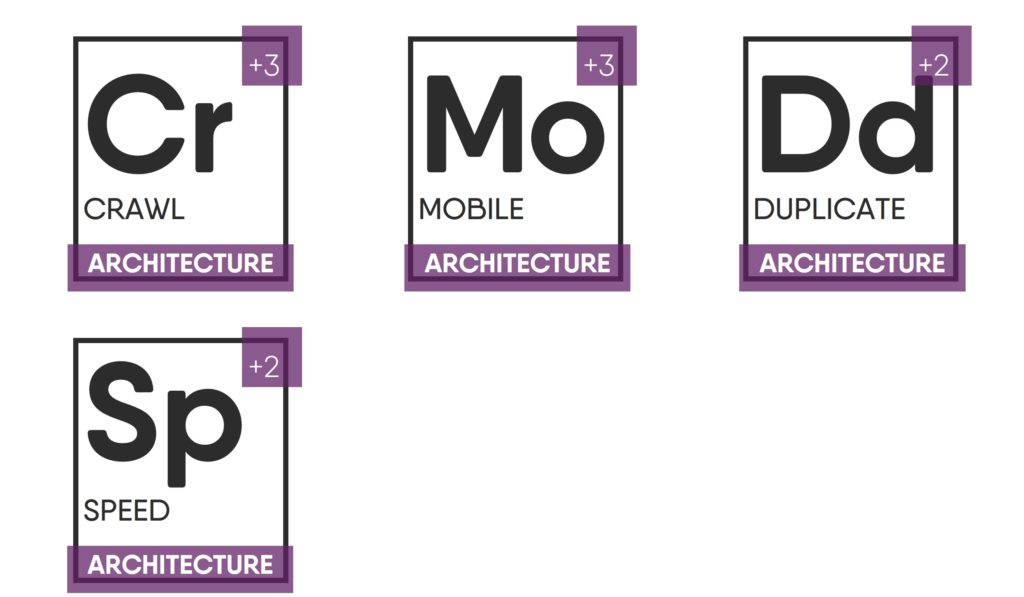
For the Architecture Group, the overall learnings apply to SEO for multi-location brands the same as most other businesses. Here’s a look at a few of the most important elements in this group.
Crawl
Make sure your site is easy for search engines to crawl so they can find all your product, service and location pages.
Mobile
Make sure your site is optimized for smartphones and tablets. If you’re not sure if your site is optimized for mobile, use Google’s Mobile-Friendly Test to find out.
Duplicate
Multi-location brands often have issues with duplicate versions of location pages. Make sure there is only one version of each of your webpages by using canonical URLs and 301 redirects.
Speed
Your webpages should load quickly on any device. If you’re not sure if your site’s speed is up to par, you can run it through Google’s PageSpeed Insights tool.
HTML

This element group deals with the HTML tags your brand should include on its website. For multi-location brands, it’s important to make sure these tags include geo-modifiers to optimize the pages in local search results.
Title tags
Include the city and state in the title tag in every location-specific webpage.
Structure
Add Schema Markup and other localized structured data to help search engines understand local information like phone numbers and business addresses.
Headings
Use geo-modifiers and market-specific keywords to optimize header tags (H1 – H6 tags) for each location page.
Trust

Last year, Google introduced an update to its algorithm that SEO pros dubbed the “E-A-T update.” E-A-T stands for Expertise, Authoritativeness and Trustworthiness. This group of elements speaks directly to those measures for both SEO for multi-location brands and other businesses.
Related – What Multi-Location Brands Need to Know About Google’s March 2019 Core Update
Authority
Create content that will drive incoming links, shares and other authority signals to boost search rankings.
Engagement
Create high-quality content to drive activity and engagement on your website.
Reputation
Work on building trust over time. Sites that operate the same way for years carry weight in search engine rankings.
Links

This group of elements has been a mainstay on the Periodic Table of SEO since the beginning and is as important as ever. According to Search Engine Land:
When Google burst onto the scene with its then-revolutionary PageRank algorithm in 2000, the company made clear that links were a factor in how well a website would perform in search. The higher quality and more relevant the sites that link to your own are, the better it is for your SEO.
In terms of SEO for multi-location brands, here’s how you can improve your incoming link portfolio.
Value
Seek links from trusted, high-quality websites in your business vertical or from locally-focused websites and online directories.
Anchors
Make sure your incoming links are from relevant pages and use your target keywords as the anchor text.
Backlinks
Work to build a robust stable of high-quality links naturally over time.
User

The way users interact with your site is crucial to search rankings. Search engines don’t like it when users click on a result and quickly bounce back to the results when they can’t find what they need. To make sure searchers don’t abandon your site, here are a few things you can do to optimize for the elements in the User Group.
Locality
Target specific cities or neighborhoods by including your addresses on location pages and specifying the markets you serve.
User Experience (UX)
Make it easy for potential customers to find specific location pages with an easy-to-use store locator tool and a section on your website dedicated to finding nearby locations.
Intent
Create localized content that provides specific information your target audiences are searching for (i.e., content based on search intent).
Need help implementing these efforts?
Contact Mindstream Media Group and we’ll show you how our SEO and Content Marketing services can amplify your multi-location brand’s presence in search results.









![[Case Study]: Mindstream Media Group Drives 14% Lift in Organic Traffic for The UPS Store](https://mindstreammediagroup.com/wp-content/uploads/2019/05/TUPSS-Case-study-header-image-v2.jpg)










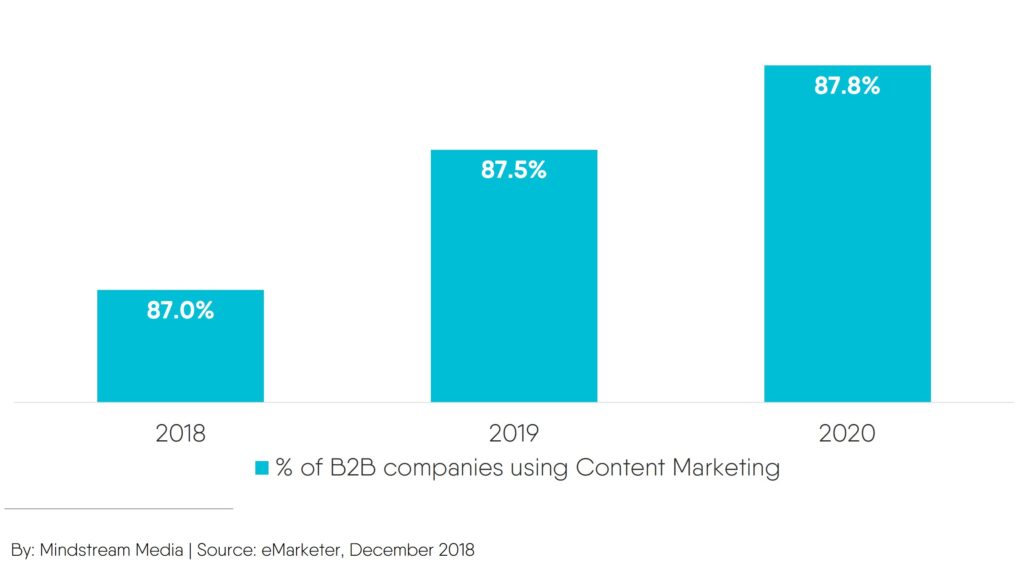
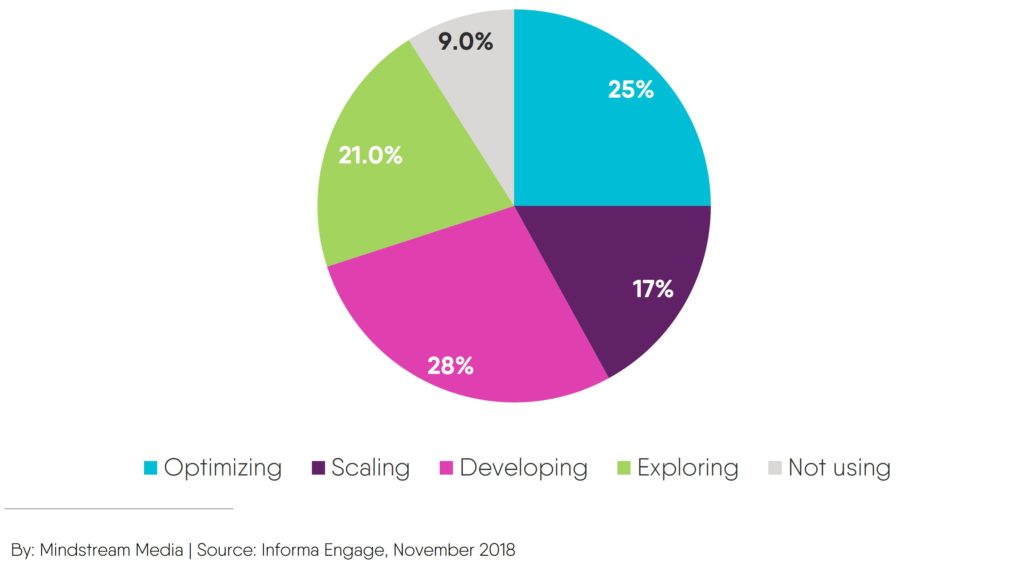
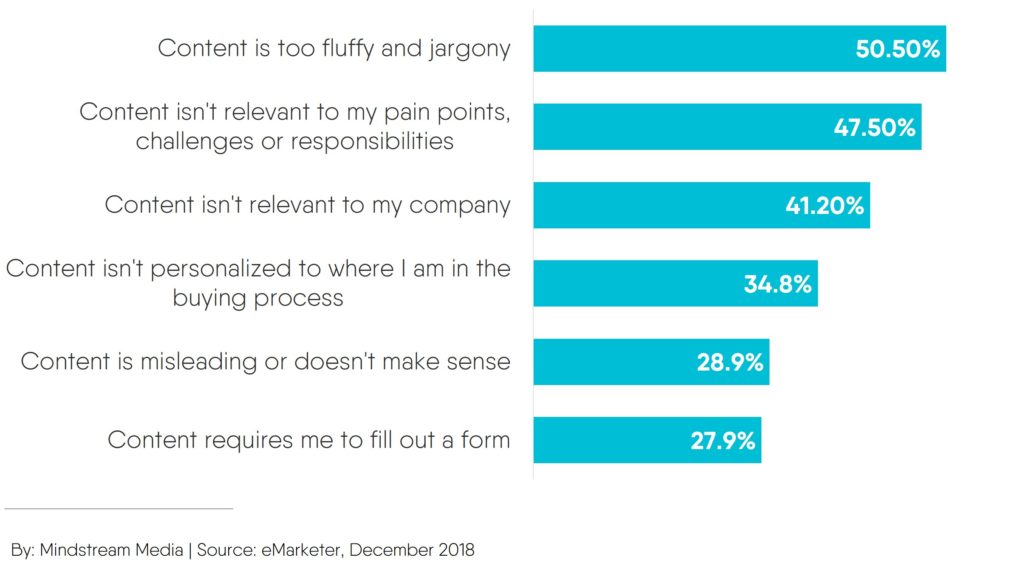
![[APRIL 2019] What Multi-Location Brands Need to Know About Google’s March 2019 Core Update](https://mindstreammediagroup.com/wp-content/uploads/2019/04/March-2019-Core-Update-Featured-Image.jpg)


